Ozone in air is regulated by OSHA and the EPA. NIOSH also offers recommendations, however they do not regulate ozone in any way. It is good to be aware of the basics from each.
Ozone Regulations
OSHA (Occupational Safety and Health Administration)
OSHA guidelines for O3 in the workplace are based on time-weighted averages. 0.1 ppm for 8 hours per day exposure.
-
OSHA requires that if you are generating ozone that you measure this ozone level for safety purposes
-
The OSHA website cites several guidelines for ozone in the workplace
-
0.3 ppm for no more than 15 minute exposure
-
0.2 ppm for no more than 2 hours exposure
-
0.1 ppm for 8 hours per day exposure doing light work
-
0.08 ppm for 8 hours per day exposure doing moderate work
-
0.05 ppm for 8 hours per day exposure doing heavy work
-
-
For more information see the OSHA web page regarding ozone
-
http://www.osha.gov/dts/chemicalsampling/data/CH_259300.html
-
NIOSH (National Institute for Occupational Safety and Health)
NIOSH safety and health standards are not enforceable under US law. NIOSH does “develop recommendations for health and safety standards” that may influence future law and OSHA regulations.
-
Max recommended exposure limit is 0.1 PPM
-
Ozone levels of 5 PPM or higher are considered immediately dangerous to life or health
-
Respirator Recommendations
-
Up to 1 ppm
-
Any ozone rated cartridge respirator
-
Any supplied air respirator
-
Up to 2.5 ppm
-
-
Any supplied air respirator operated in a continuous flow mode
-
Any powered air purifying respirator
-
Up to 5 ppm
-
-
Add face mask to respirator
-
Entrance into unknown concentrations
-
-
Self contained breathing apparatus with full face mask
-
EPA (Environmental Protection Agency)
The EPA measures, tracks, reports, and regulates ground level ambient ozone levels in large cities throughout the United States.
-
Good Up High, Bad Nearby
-
Ground level ozone
-
Ozone near the ground is considered pollution by the EPA and is regulated
-
-
Ozone generators that are sold as air cleaners
-
EPA does not recommend, or regulate ozone generators, it does offer safety information
-
-
Ozone Air Quality Standards
-
Primary standards set limits to protect public health, including the health of “sensitive” populations such as asthmatics, children, and the elderly.
-
Secondary Standards set limits to protect public welfare, including protection against visibility impairment, damage to animals, crops, vegetation, and buildings.
-
- EPA Standards
- 8-hour limit = 0.08 ppm
- 1-hour limit = 0.12 ppm
For more info on ozone safety click here
Oxidation Tech offers a full range of ozone monitors.
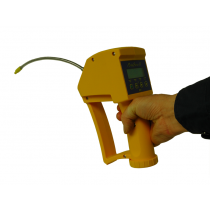
|
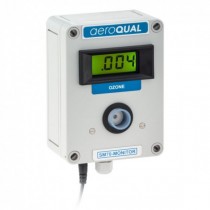
|
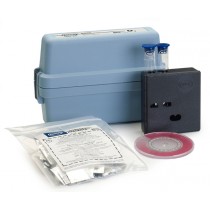
|
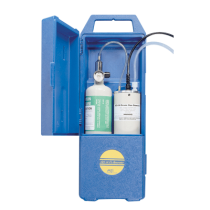
|
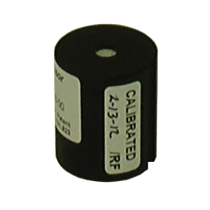
|

Pingback: The Terribly Fresh Smell of Ozone – Oxidation Technologies News